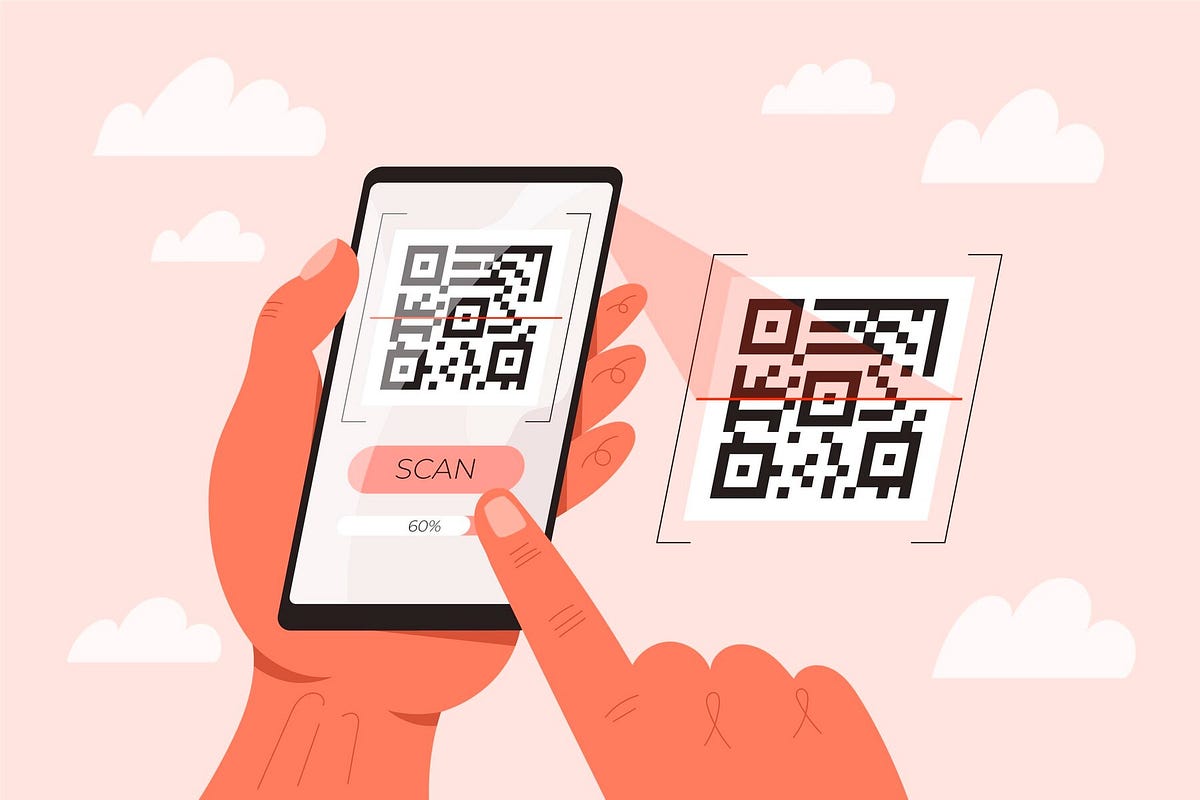In the dynamic landscape of mobile technology, the convergence of Quick Response (QR) codes and mobile applications has given rise to a powerful synergy. The seamless integration of QR codes and mobile apps has revolutionized the way users interact with information, services, and businesses. This article explores the symbiotic relationship between QR codes and mobile apps, showcasing how their integration enhances user experiences, streamlines processes, and opens new possibilities in the digital realm.
- Instant Access to Mobile Apps:
QR codes serve as efficient gateways to mobile apps, providing users with instant access to download or launch applications. Businesses and marketers can strategically place QR codes on promotional materials, product packaging, or advertisements. When users scan these QR codes with their smartphones, they are directed to the respective app store, facilitating a frictionless download process.
- Contactless Login and Authentication:
The marriage of QR codes and mobile apps has streamlined the login and authentication processes. Instead of manually entering usernames and passwords, users can scan QR codes generated by apps to quickly and securely log in. This contactless authentication not only enhances user convenience but also bolsters security measures, reducing the risk of unauthorized access.
- Mobile Payments and Transactions:
QR codes have become synonymous with mobile payments, offering a secure and efficient way to complete transactions. Mobile apps can generate QR codes representing payment details, allowing users to scan and authorize payments with their smartphones. This method has gained popularity in retail, restaurants, and various service industries, providing users with a seamless and cashless payment experience.
- Event Ticketing and Boarding Passes:
The integration of QR codes in mobile apps has revolutionized the ticketing industry. Mobile apps generate QR codes as digital tickets or boarding passes for events, flights, or public transportation. Users can simply present their smartphones for scanning, eliminating the need for physical tickets or paper printouts. This digital approach enhances convenience and reduces the environmental impact of traditional ticketing methods.
- Interactive Marketing and Content:
QR codes embedded within mobile apps facilitate interactive marketing experiences. Users can scan QR codes on product packaging, posters, or promotional materials to access multimedia content, promotions, or additional information directly through the app. This interactive element engages users and provides them with a richer and more immersive brand experience.
- Personalized Experiences Through QR Codes:
Mobile apps leverage QR codes to create personalized user experiences. By integrating QR codes with user profiles, apps can tailor content, promotions, and recommendations based on individual preferences and behavior. This personalized approach enhances user engagement, fostering a stronger connection between the app and its users.
- Education and Information Sharing:
In educational and informational contexts, mobile apps use QR codes to seamlessly share content with users. Educational materials, product manuals, or museum exhibits can incorporate QR codes that, when scanned, direct users to relevant content within the app. This approach enhances learning experiences by providing on-demand information and resources.
Conclusion:
The seamless integration of QR codes and mobile apps has transformed the digital landscape, offering users a convenient, efficient, and personalized experience. From instant app access to contactless authentication, mobile payments, and interactive marketing, the possibilities are diverse and continually evolving. As technology continues to advance, the collaboration between QR codes and mobile apps is likely to open new frontiers, further enriching the ways users interact with information, services, and the digital world at large. The synergy between QR codes and mobile apps stands as a testament to the innovation that continues to shape the mobile technology landscape.

